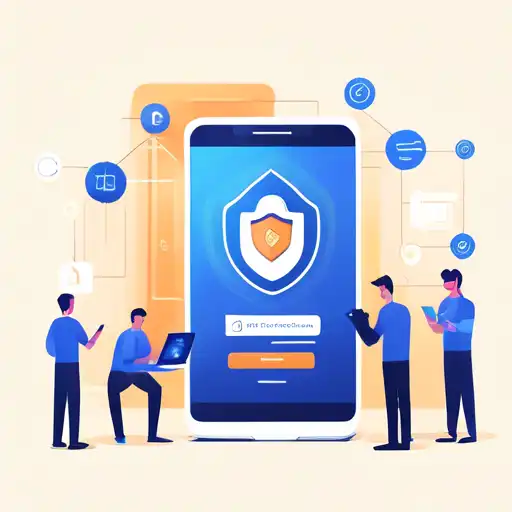Introduction to Mobile App Security
In today's digital age, mobile app security is more important than ever. With the increasing number of mobile users, developers must prioritize security to protect user data and maintain trust. This article outlines the best practices for securing mobile applications, ensuring your app is safe from vulnerabilities.
Understand the Threat Landscape
Before diving into security measures, it's crucial to understand the potential threats. Common vulnerabilities include data leakage, insecure storage, and inadequate encryption. By identifying these risks early, developers can implement strategies to mitigate them effectively.
Implement Strong Authentication
One of the first lines of defense is strong authentication. Encourage users to create complex passwords and consider implementing multi-factor authentication (MFA) for an added layer of security. This significantly reduces the risk of unauthorized access.
Secure Data Storage and Transmission
Data should be encrypted both at rest and in transit. Use secure protocols like HTTPS for data transmission and employ encryption algorithms such as AES for storing sensitive information. This ensures that even if data is intercepted, it remains unreadable to attackers.
Regularly Update and Patch Your App
Security threats evolve rapidly, and so should your app. Regularly updating your app and applying patches can fix vulnerabilities before they're exploited. Encourage users to update their apps by highlighting the security benefits of each update.
Use Code Obfuscation
Code obfuscation makes it harder for attackers to reverse-engineer your app. By transforming code into a form that's difficult to understand, you can protect intellectual property and reduce the risk of malicious modifications.
Conduct Security Testing
Before launching your app, conduct thorough security testing. This includes static and dynamic analysis, penetration testing, and vulnerability scanning. Identifying and fixing security issues early can save time and resources in the long run.
Educate Your Users
Finally, educating your users about security best practices is essential. Provide clear guidelines on creating strong passwords, recognizing phishing attempts, and the importance of regular updates. A well-informed user base is a crucial component of your app's security.
Conclusion
Mobile app security is a continuous process that requires attention and adaptation. By following these best practices, developers can create secure apps that protect user data and stand up to evolving threats. Remember, security is not just a feature—it's a necessity.
